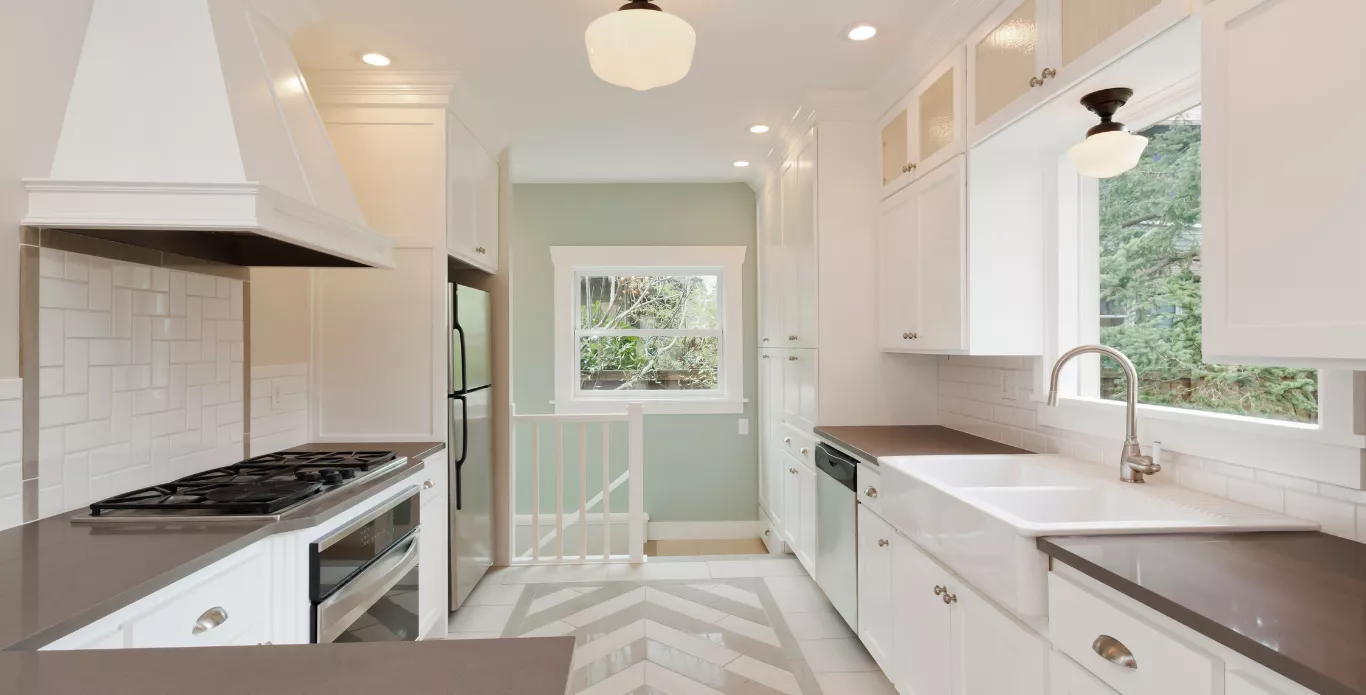
Remodeling your kitchen is an exciting yet daunting task. It’s one of the most essential spaces in a home, often considered the heart where meals are prepared, families gather, and memories are made. However, a kitchen remodel can quickly become overwhelming if not properly planned. To help you through the process, here’s a comprehensive guide to kitchen remodeling from start to finish.
Assess Your Needs and Set a Budget
The first step in kitchen remodeling is assessing your needs and establishing a realistic budget. Start by asking yourself what you dislike about your current kitchen and what changes you want. Do you need more storage space? Are you seeking a modern design or prefer a traditional aesthetic? Once you have a clear idea, setting a budget is crucial. Include both expected costs—like materials and labor—and unexpected expenses, such as unforeseen structural issues. This way, you’ll be financially prepared for any surprises.
Plan and Design
Once your budget is set, it’s time to plan the layout and design. This stage allows you to explore different styles, materials, and functionalities. A professional kitchen designer can be accommodating at this stage. They can ensure that your space is functional and aesthetically pleasing. Pleasing and aligns with your vision. Remember the kitchen work triangle—the relationship between the sink, stove, and refrigerator when planning. This helps streamline kitchen activities and ensures a efficient workflow. Also, decide on the major components, such as countertops, cabinetry, lighting, and appliances. The more detailed your design plan, the smoother the rest of the process will be.
Hire Professionals and Secure Permits
Hiring a contractor is necessary for most homeowners to ensure a high-quality kitchen remodel. Make sure to hire licensed professionals, read reviews, or ask for recommendations from friends and family. Interview several contractors and ask for estimates to find the one who suits your budget and style. Additionally, some aspects of kitchen remodeling may require permits, particularly if you are changing the layout, plumbing, or electrical systems. Your contractor should help you navigate this, but be sure to check local regulations to avoid delays or fines.
Demolition
After your design is finalized and permits are secured, it’s time to start demolition. This involves removing old cabinetry, flooring, appliances, and possibly walls. Demolition can be messy and disruptive, so it’s a good idea to set up a temporary kitchen space where you can prepare simple meals while the work is underway. Remember that this is a loud and dusty part of the process, but it’s also a necessary step to make way for the new kitchen.
Rough-In Work
With the kitchen gutted, rough-in work for plumbing, electrical, and HVAC begins. If you’re moving appliances or adding new fixtures like an island sink, this is the stage where the necessary infrastructure will be laid. All rough-in work must be done before walls and floors are put in, as any adjustments after this point will be costly and time-consuming.
Installation of Cabinets, Countertops, and Appliances
Once the rough-in work is complete, cabinets and countertops are installed. Cabinets are one of the most crucial elements in a kitchen, as they provide storage and set the tone for the overall aesthetic. Once they’re installed, countertops can be fitted. Materials like granite, Quartz or marble are famous for their durability and elegant appearance. Next, appliances such as the refrigerator, stove, and dishwasher are installed. If upgrading your appliances, ensure they are energy-efficient to save on future utility costs.
Finishing Touches
The final step in the kitchen remodeling process is adding the finishing touches, such as installing the backsplash, lighting fixtures, and painting the walls. These details can make a big difference in the overall look and feel of the kitchen. Choose finishes that complement your countertops and cabinetry for a cohesive look.
Inspection and Final Walkthrough
Conducting a thorough inspection is essential before you start enjoying your new kitchen. Ensure that all systems (plumbing, electrical, etc.) function correctly and that the finished work meets your expectations. A final walkthrough with your contractor allows you to address any issues or touch-ups that need to be made.
Conclusion
The kitchen remodeling process requires careful planning, budgeting, and execution, but result is well worth it. Following these steps and staying organized throughout the process, you can transform your kitchen into a beautiful, functional space that suits your lifestyle for years.
